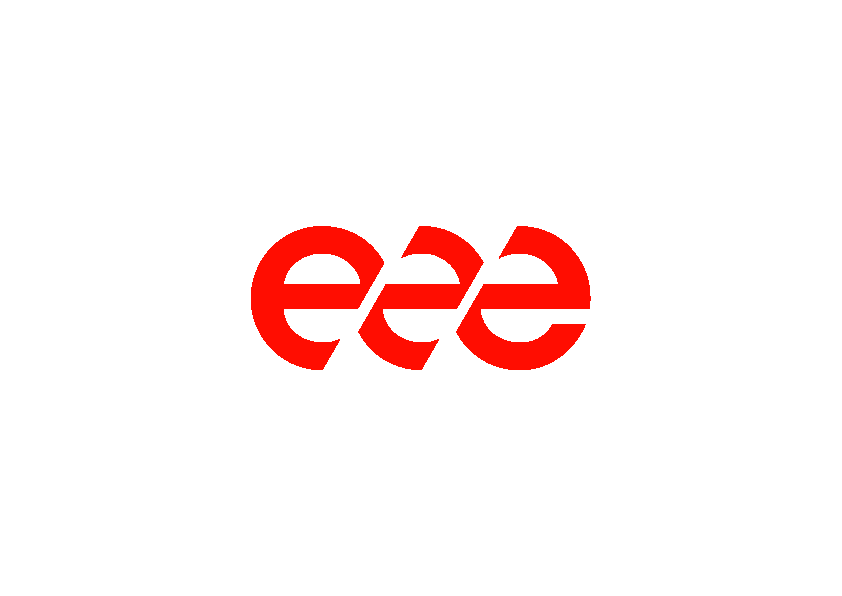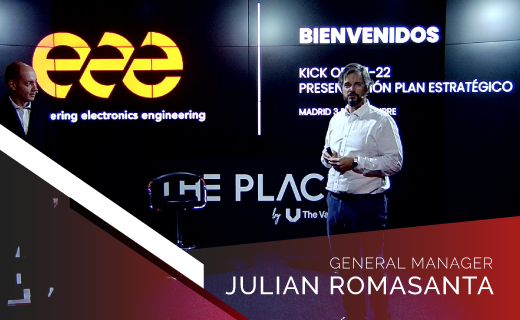Discover the keys to choosing an electronic railway safety solutions provider, the importance of artificial intelligence in this field, the responsible management of obsolete components and the future of the industry according to Julián Romasanta, General Manager of Triple E – EEESA.
- What are the key aspects that a railway company should consider when choosing an electronic safety solution provider?
En primer lugar, la situación mercantil y fortaleza financiera. La vida útil del material rodante es de muy largo plazo y debe garantizarse que el proveedor va a estar Firstly, business situation and financial strength. The service life of rolling stock is very long term and it must be ensured that the supplier will always be there for them. From a technical point of view, it is essential to ensure that the selected company is able to comply with the railway regulations approved in Europe with UNIFE. It is also important that the supplier can demonstrate that safety is indeed the primary objective of the proposed solution. And what better way to do this than by providing SIL 2 levels (Safe Integrity Level), and guaranteeing cyber-safe digital products and the ability to integrate extinguishing systems?
- How does Artificial Intelligence fit into an environment as complex and sensitive as Electronic Railway Safety?
PAssuming that the safety concept will always have the best engineers behind it to prevent tragedies, artificial intelligence will be a fundamental tool to strengthen the performance of the systems. Predictive capabilities will optimise preventive maintenance tasks and suggest corrective actions before a dangerous event occurs. Within electronic safety companies, we are already working with AI solutions that optimise based on experiences and sensorisation.
La seguridad electrónica ferroviaria y el medio ambiente
- In relation to the recycling and refurbishment of electronic railway safety equipment, how does Triple E deal with the responsible management of obsolete or disused electronic components? Are recycling and material reuse practices implemented to minimise environmental impact and promote sustainability in the railway sector?
The solutions implemented by Triple E are designed to be in operation for decades. There is no planned obsolescence. Our culture, commitment and know-how mean that we will always try to repair rather than simply replace. Since our duty to sustainability starts with procedures to prevent pollution and the generation of electronic waste, I can confirm that Triple E has implemented the best environmental practices and we want to do our bit to help the railway sector contribute to the great goals for the planet. Not only do we say so, but our ISO 14001 certificate proves it.
- What do you see as the future of electronic railway safety and what developments do you expect to see in the coming years?
The railway industry is undergoing an unparalleled revolution. Until very recently, trains were basically mechanical elements. And yet, in a very short period of time, the digital revolution has reached the rolling stock. This means that we can exponentially increase safety for both people and assets. This improvement in safety comes from a predictive capacity focused on avoiding the loss and super-reliable systems in the event of having to activate a mitigating solution. However, we have to bear in mind that this digitalisation also generates new risks, which has forced us to adopt cyber-safe solutions. Triple E’s strategic plan 2021-2025 has very clear guidelines to become a top company in terms of digitalisation, safety and sustainability.










